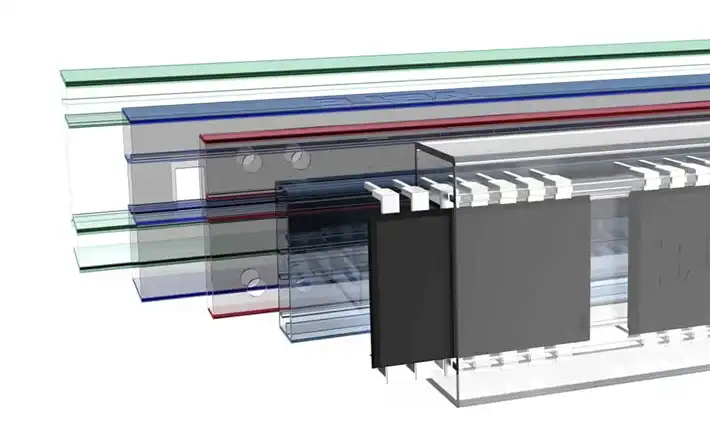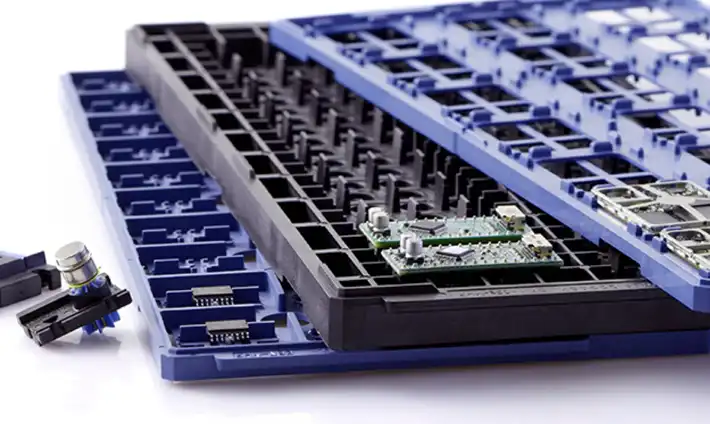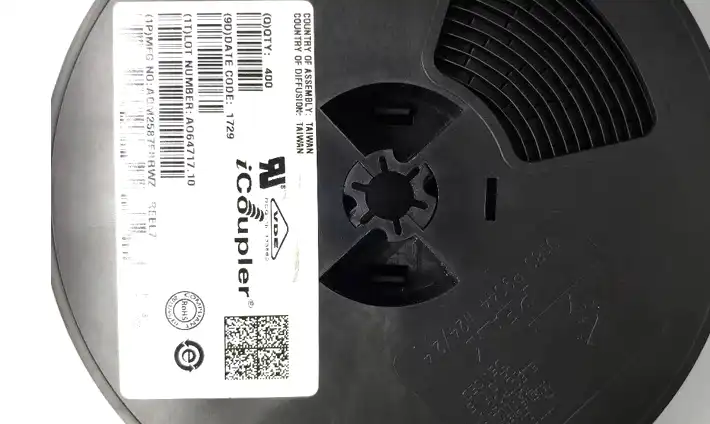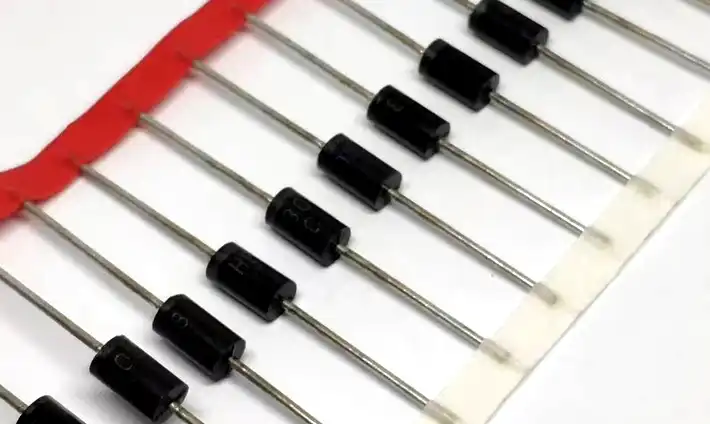In the realm of electronics, packaging is not merely about presentation; it’s about safeguarding delicate components, ensuring their integrity during transportation, storage, and usage.
Electronic Component Packaging: The Method for Electronic Components packaging offers a comprehensive solution to this critical aspect of the electronic component manufacturing process.
Let’s delve into the intricacies of electronic component packaging and explore innovative methods revolutionizing the industry.
Electronic Component Packaging
Electronic component packaging encompasses various techniques and materials aimed at protecting electronic parts from environmental factors, physical damage, and electrostatic discharge (ESD). Efficient packaging ensures the preservation of component functionality and longevity.
The Importance of Effective Packaging
Effective packaging goes beyond mere containment; it shields electronic components from moisture, dust, and mechanical stress, preserving their performance and reliability.
Preservation of Component Integrity
High-quality packaging safeguards sensitive electronic components from external influences, such as temperature fluctuations and humidity, ensuring their functionality remains intact.
Enhanced Durability
Robust packaging materials and designs enhance the durability of electronic components, reducing the risk of damage during handling, shipping, and storage.
Innovative Packaging Solutions
Innovation drives the evolution of electronic component packaging, introducing advanced materials, designs, and methodologies to enhance protection and efficiency.
Advanced Materials
The integration of advanced materials, such as conductive foams and anti-static bags, mitigates the risks of ESD, safeguarding electronic components during transit and storage.
Smart Packaging Technologies
Smart packaging solutions, incorporating sensors and indicators, provide real-time monitoring of environmental conditions, ensuring optimal storage and transport conditions.
Packaging for Electronic Components
Here are some common packaging methods for electronic component storage and shipping.
Electronic Component Packaging Tube

Tube packaging involves placing electronic components in cylindrical tubes, providing secure containment and easy handling during manufacturing and assembly processes.
Benefits of Tube Packaging
- Facilitates automated handling and assembly processes
- Offers enhanced protection against mechanical stress and contamination
Electronic Component Packaging Tray

Tray packaging utilizes plastic or metal trays to organize and secure electronic components, optimizing storage space and accessibility.
Advantages of Tray Packaging
- Enables efficient inventory management and component identification
- Minimizes the risk of damage during handling and transportation
Electronic Component Packaging Reel

Reel packaging involves winding electronic components onto reels or spools, offering high levels of protection and compatibility with automated assembly equipment.
Key Features of Reel Packaging
- Enables seamless integration with pick-and-place machines for automated assembly
- Ensures consistent component orientation and alignment during manufacturing processes
Electronic Component Packaging Tape

Electronic Component Packaging Tape is a specialized adhesive tape designed for the secure packaging of electronic components. It plays a crucial role in safeguarding delicate parts from various environmental factors, physical damage, and electrostatic discharge (ESD).
Here’s a detailed look at its features and benefits:
Features:
- ESD Protection: Electronic Component Packaging Tape is engineered to dissipate static charges effectively, minimizing the risk of ESD-related damage to sensitive electronic components.
- Strong Adhesion: The tape offers strong adhesion to various surfaces, ensuring that components remain securely in place during transit and storage.
- Conformability: It possesses excellent conformability, allowing it to adhere smoothly to irregular surfaces and contours, providing a tight seal around components.
- Temperature Resistance: Electronic Component Packaging Tape can withstand a wide range of temperatures, ensuring that components are protected under varying environmental conditions.
- Chemical Resistance: It is resistant to various chemicals commonly encountered in industrial environments, ensuring long-term protection for electronic components.
FAQs
- How does electronic component packaging prevent electrostatic discharge (ESD)? Effective packaging materials, such as anti-static bags and conductive foams, dissipate static charges, preventing ESD-related damage to electronic components.
- What are the benefits of reel packaging for electronic components? Reel packaging offers efficient handling and compatibility with automated assembly equipment, ensuring seamless integration into manufacturing processes.
- How do smart packaging technologies enhance electronic component storage? Smart packaging technologies, equipped with sensors and indicators, provide real-time monitoring of environmental conditions, ensuring optimal storage conditions for electronic components.
- Why is tube packaging preferred for certain electronic components? Tube packaging facilitates automated handling and assembly processes, offering secure containment and protection against mechanical stress.
- What role do trays play in electronic component packaging? Trays organize and secure electronic components, optimizing storage space and minimizing the risk of damage during handling and transportation.
- How does effective packaging contribute to the longevity of electronic components? Effective packaging shields electronic components from environmental factors and mechanical stress, preserving their functionality and extending their lifespan.
Conclusion
Electronic Component Packaging: Method for Electronic Components Pack revolutionizes the way electronic components are stored, transported, and utilized. By leveraging innovative materials and methodologies, manufacturers can ensure the integrity and reliability of electronic components, paving the way for advancements in technology and industry.